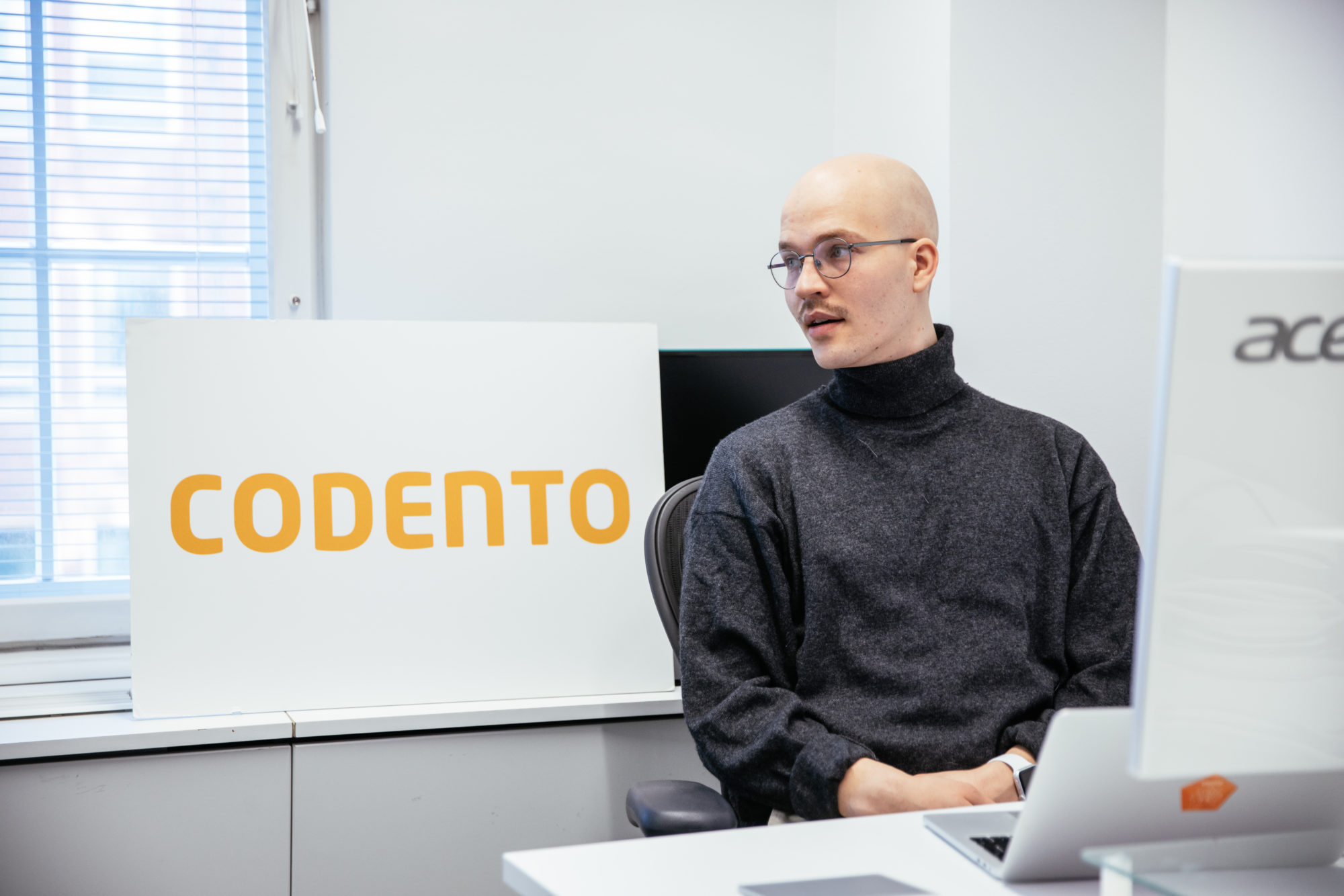#GOOGLECLOUDJOURNEY: Six Fascinating Wishes for Choosing Employers
Part 4 – Processes and organization
NOTE: If you wandered into this blog series for the first time, I recommend first reading my first post that elaborates on the whole series here
For a knowledge worker, the brain is the single most important organ in the human body, so in a well-functioning organization, its optimal ability must be maintained. One way to achieve this competitive advantage is to make processes, ways of working, and work tools as functional as possible. Even though the process and organization category was the second least prominent of the six categories in the minds of experts in the IT field in my analysis, it is still an important topic to discuss.
What processes?
I know I risked losing most of my readers when I mentioned the word process. I’ll make the situation even worse with a definition. Wikipedia defines the word as follows: “A process is a series of actions to be performed that produces a defined end result”. The first thing that comes to mind is that aren’t algorithms to some extent part of the definition of a process, in which case processes should be a matter of the heart for a software developer.
However, it has been proven that this is not always the case, so the topic requires clarification. The important difference here is probably between software and relationships between people. Processes and algorithms are therefore needed in well-functioning software, but interaction cannot always be reduced to the sum of its parts. Of course, machine learning algorithms are also working in this field (too), which have come quite far in the subject, but the HR department cannot be replaced with a software robot at least yet.
Processes in the right place
Processes must therefore be found in the right place in the organization. In general, employees appreciate when things work, so easy forms and timely surveys are working processes. When you pour your morning coffee not only on your lap but also on the computer and you need to quickly get a new one, it’s lucky if this happens with a pleasant form found in an intuitive place. Also, if you didn’t have to wait four days for your supervisor’s approval via e-mail to fill out the form, this sounds like an effective process!
Processes in the wrong place
What about the wrong kind of processes we talked about? They can likely be found where the matter would be more easily handled with normal interaction skills and the ability to take others’ emotional states into account. From where the process has been forced into place for the joy of creating the process instead of interaction.
For example, if an employee’s motivation and emotional state are measured with a multi-phase survey, we may have gone a little too far, if the same thing could be done in a more nuanced way by means of a short conversation. There is of course a place for a personnel survey, but not everything has to be in a numerically measurable form, but qualitative and informal discussions often lead to a better result. In organizing these, some kind of process is again good, so that the discussions will definitely be held!
Processes and ways of working as a hygiene factor?
In one of my previous posts, I wrote that, in my view, salary is in several cases a so-called hygiene factor, where lack of it evokes a negative emotional state/image, but at an appropriate level it does not evoke particularly positive emotions. The functioning of processes in the organization falls into this same pattern of thought, which certainly explains why it also came up relatively little as a category.
If something is not working in the organization, it is often noticed by the employees very quickly. If, on the other hand, things go smoothly and as promised or assumed, the days go on normally without any praise for the organization.
Summary
Processes can make an organization’s operations efficient and enjoyable at best. When they are found in the wrong place, they are irritating when, for example, the much-needed human dimension of working life is not realized in places where it could be realized. In management work, it is therefore good to understand this relationship, and no matter how much one would like to make everything efficient, as if computer-like automated, one should not forget the beauty of wandering and aimlessness.

About the author:
Perttu Pakkanen is the Talent Acquisition Lead at Codento. Perttu is eager in making sure that people joining Codento will fit with the values of Codento and enjoy the ride with us. Perttu’s passion is to understand what drives people in their career decisions.
Contact us regarding our open positions:
